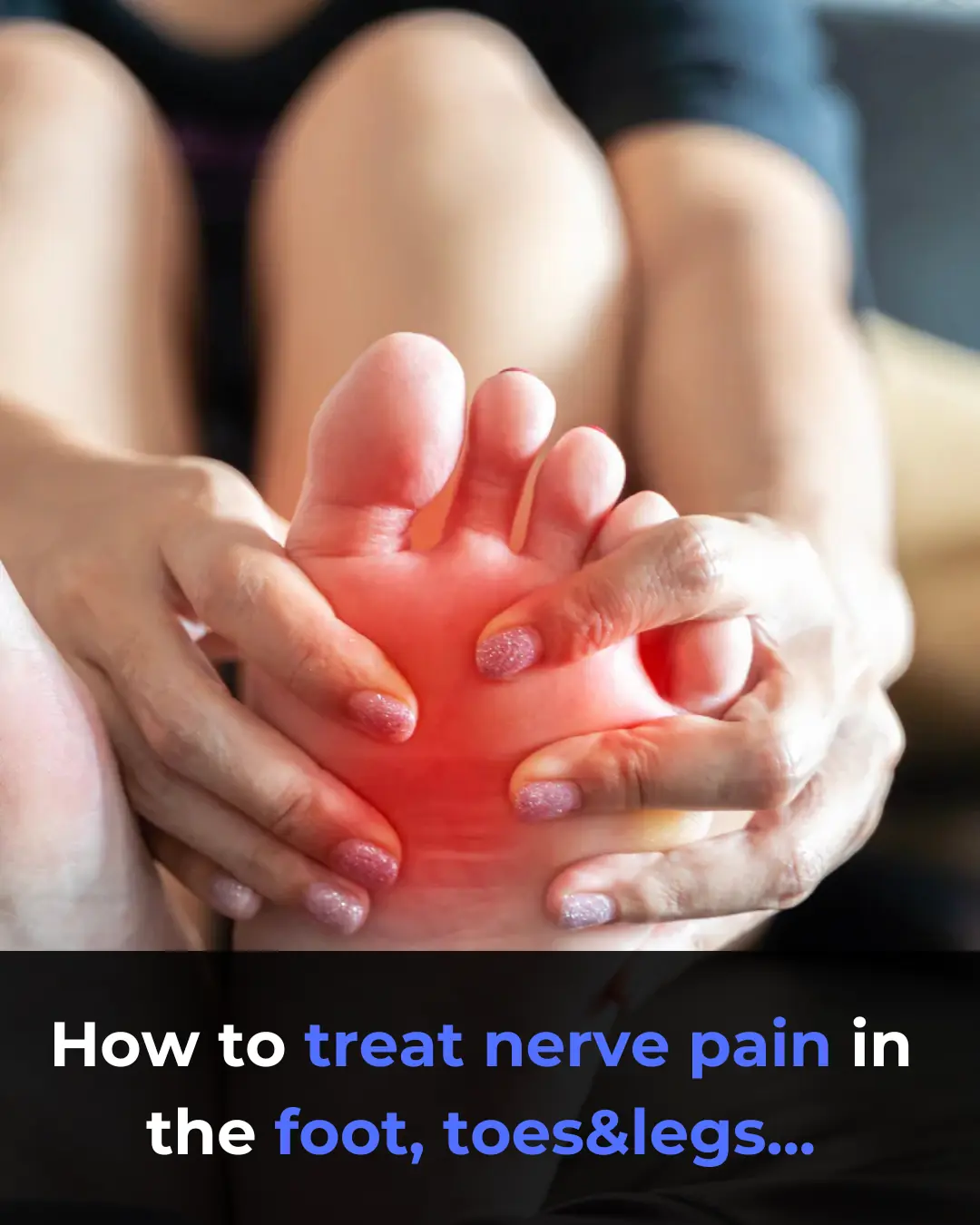
What Once Seemed Impossible: Lab-Grown Spinal Cord Sparks Hope for Millions
In a development that pushes the boundaries of modern biotechnology, researchers have reported a breakthrough once thought far beyond scientific reach: the successful creation of spinal-cord tissue in the laboratory and its use in reconnecting damaged nerve pathways. Although still in early experimental phases, this achievement represents a major step toward restoring mobility for patients living with paralysis and offers a glimpse into a future where spinal-cord injuries may no longer result in lifelong disability.
The lab-engineered spinal cord functions as a biological bridge, guiding severed or damaged nerves to reconnect and re-establish communication between the brain and the body. By mimicking the structural and biochemical environment of natural spinal tissue, the engineered construct encourages neurons to grow, extend axons, and form new functional connections. Preliminary trials in animal models—and the first compassionate-use procedures in humans—have shown encouraging signs of voluntary movement returning to limbs that were once fully paralyzed. While much work remains before this therapy becomes widely available, these initial responses challenge the long-held belief that paralysis is irreversible.
Scientists emphasize that the significance of this advancement extends far beyond mobility restoration. Successful regeneration of spinal pathways could reshape the entire field of neurology, offering promising avenues for treating a wide range of conditions involving damaged nervous tissue. This includes traumatic spinal-cord injuries, degenerative diseases such as amyotrophic lateral sclerosis (ALS), and even peripheral nerve injuries that currently have limited options for repair. The ability to grow structurally complex neural tissue in the lab also deepens our understanding of human development and disease, providing new tools for studying disorders in controlled environments.
Several groundbreaking studies laid the foundation for this achievement. Research teams at institutions such as the University of Cambridge and the National Institutes of Health (NIH) have previously developed spinal-cord organoids—miniature, lab-grown models of the spinal cord that replicate key aspects of early neural development (e.g., Nature, 2021; Cell Stem Cell, 2022). Other advances in regenerative medicine, such as the use of stem-cell-derived grafts to repair spinal injuries (Nature Medicine, 2023), have shown that neural networks can be rebuilt more effectively than once believed. These scientific milestones collectively helped pave the way for today’s breakthrough.
Experts predict that the ability to regenerate neural tissue with such precision could completely transform clinical approaches to spinal-cord injury. Instead of focusing solely on preventing further damage—historically the main therapeutic strategy—future treatments may aim to fully restore lost function. For millions of patients and families affected by paralysis worldwide, this represents a profound shift in medical possibility and psychological hope.
What was once the realm of speculative fiction is steadily becoming reality. The convergence of stem-cell biology, tissue engineering, and advanced neurotechnology is redefining what the human body can recover from. As clinical research continues and safety trials expand, patients, caregivers, and medical communities are witnessing the early stages of a transformation that could change the trajectory of paralysis treatment forever. This pioneering work stands as a testament to the extraordinary progress of contemporary medicine—and to a future where healing the injured nervous system is not only possible but expected.
Credible Sources Included
-
Xiang et al., Nature (2021) – Development of human spinal-cord organoids.
-
Rifes et al., Cell Stem Cell (2022) – Lab-grown neural tube and spinal-cord structures.
-
Kadoya et al., Nature Medicine (2023) – Stem-cell-derived grafts improving connectivity after spinal-cord injury.
-
National Institutes of Health (NIH) – Regenerative medicine and neural-repair research initiatives.
News in the same category


The Evolution of Public Road Speed Records: From the Mercedes-Benz W125 to the Koenigsegg Agera RS
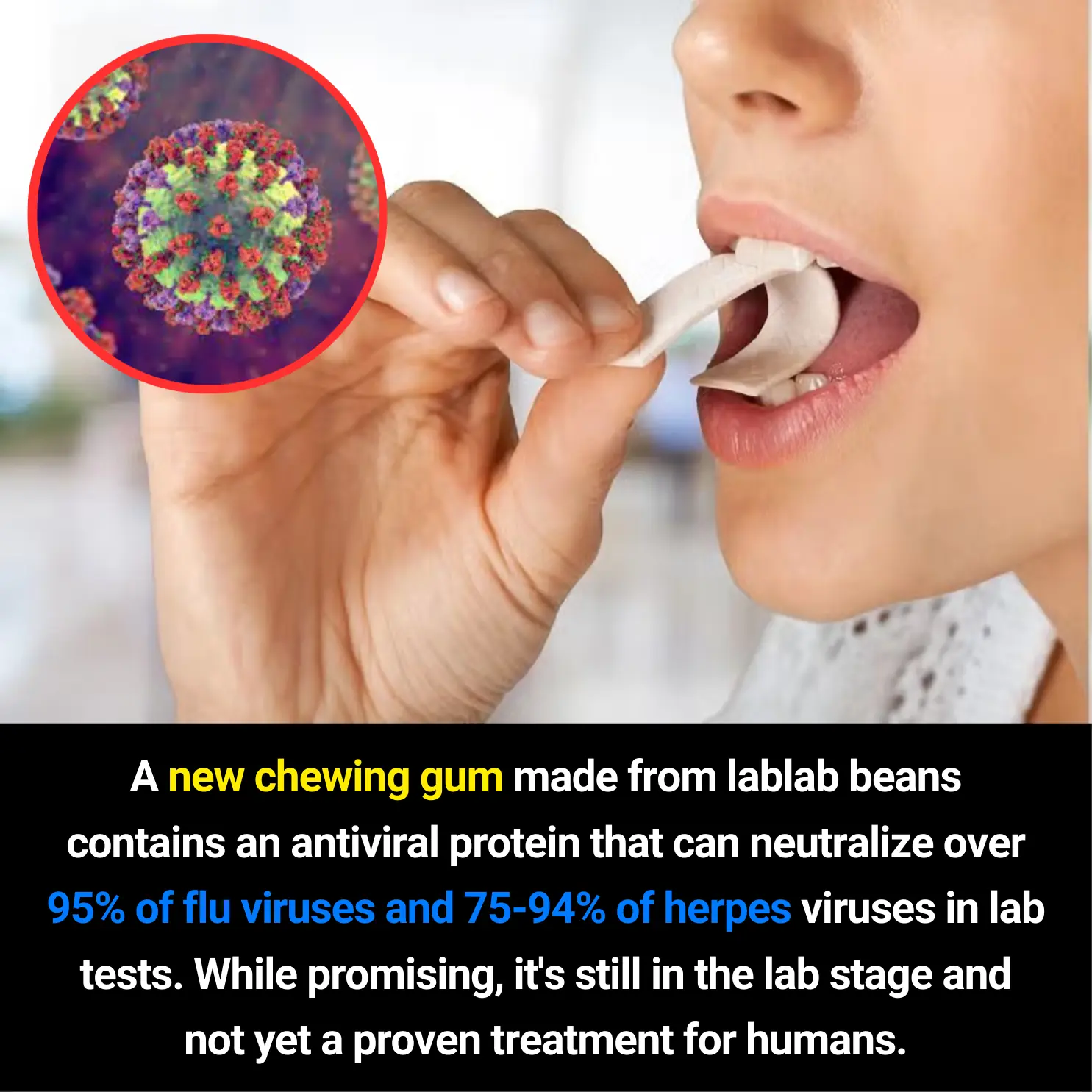
New Antiviral Chewing Gum Made From Lablab Beans Shows Strong Virus-Neutralizing Potential in Lab Tests

Misconceptions That Turn Water Purifiers Into a Source of Illness — Stop Them Before They Harm Your Family
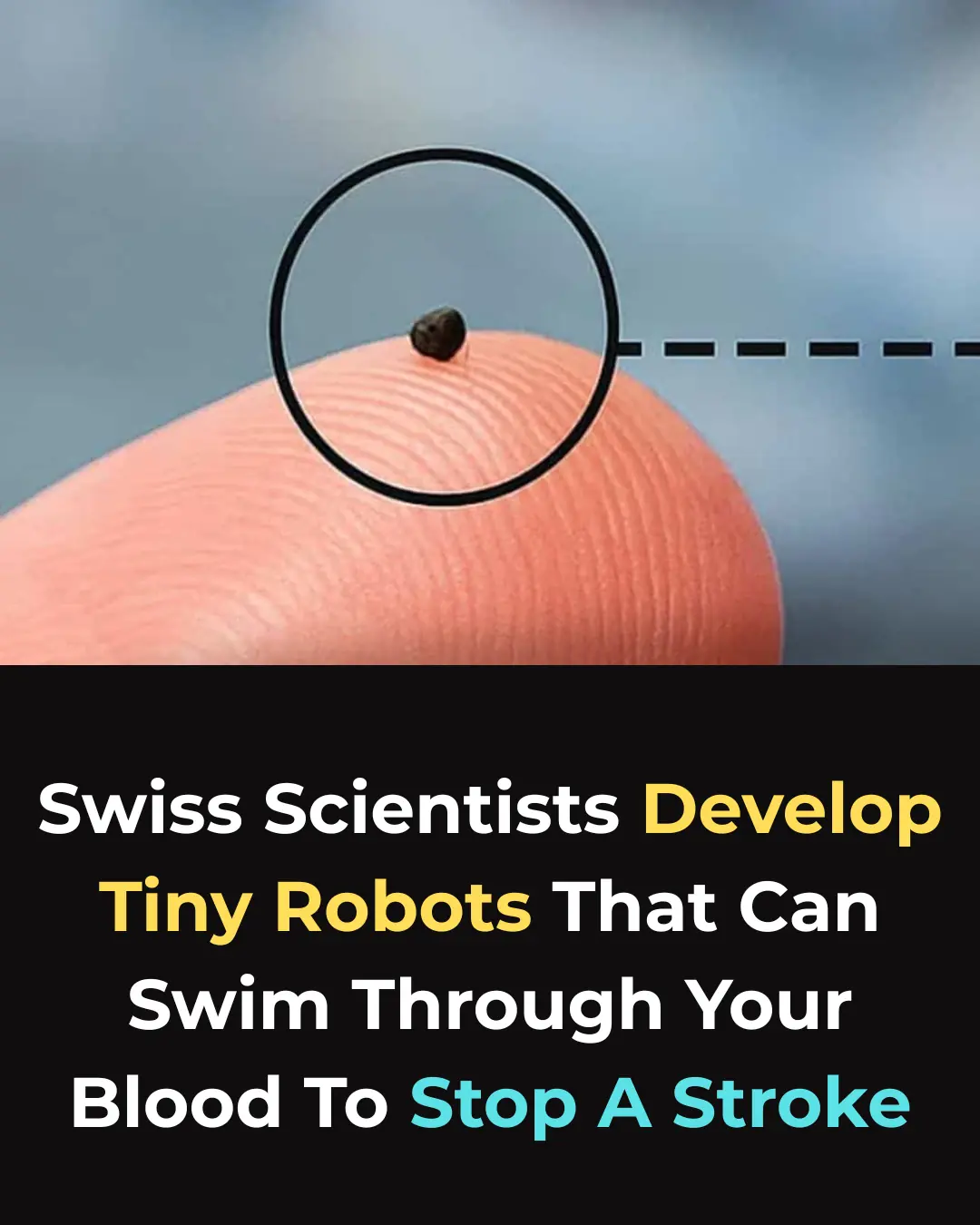
A New Breakthrough: Magnetic Microrobots Designed to Navigate Blood Vessels and Stop Strokes

A Dual Climate Solution: Solar Panels Over Canals Could Save Billions of Gallons of Water
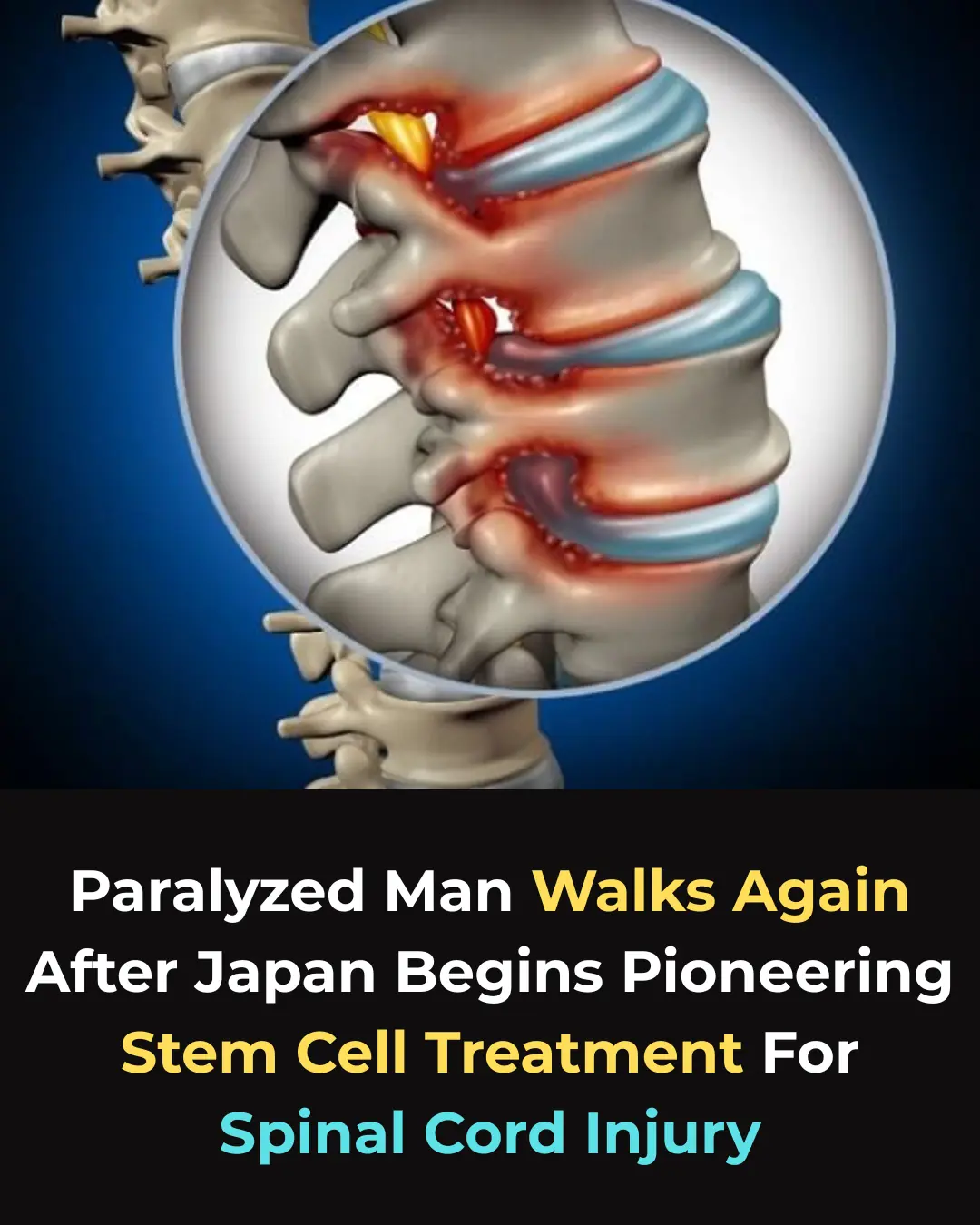
Regenerative Medicine Milestone: Stem-Cell Trial Restores Motor Function in Paralyzed Patients

From Crow to Cleaner: How Feathered Geniuses Are Fighting Litter in Spain

Using Crow Intelligence to Fight Pollution: Inside Sweden’s Corvid Cleaning Project

From Stone to Shelter: Innovative Housing Beneath France’s Historic Bridges

Redefining Public Restrooms in South Korea: Hygiene, Dignity, and Accessibility for All

How Cyclic Sighing Became One of the Most Effective Breathing Techniques for Reducing Anxiety
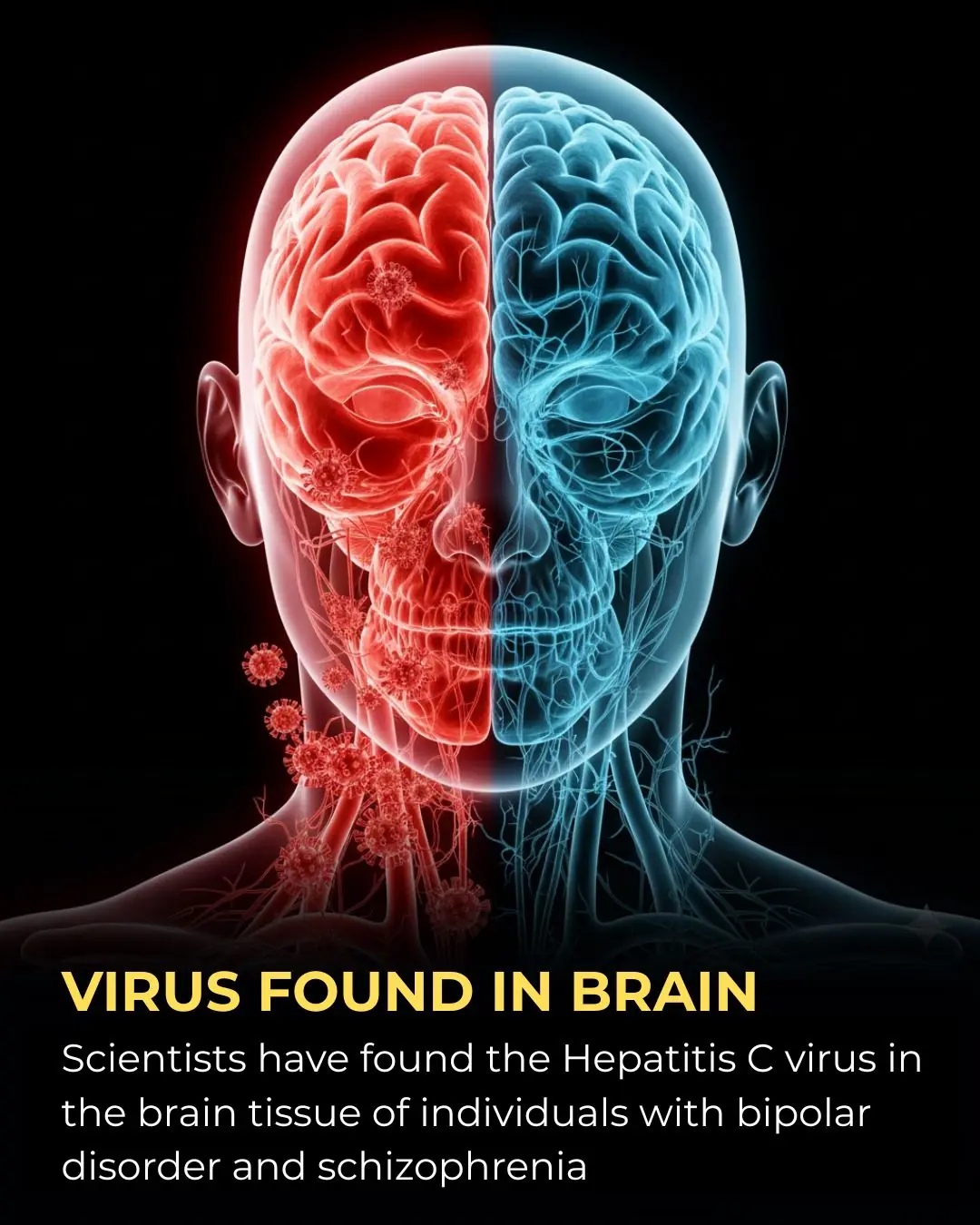
Hepatitis C Virus Detected in Brain Tissue: A Potential Link to Schizophrenia and Bipolar Disorder

Top 10 Safest Places if World War 3 Broke Out

Scientists Sequence the World’s Oldest RNA from a 40,000-Year-Old Woolly Mammoth
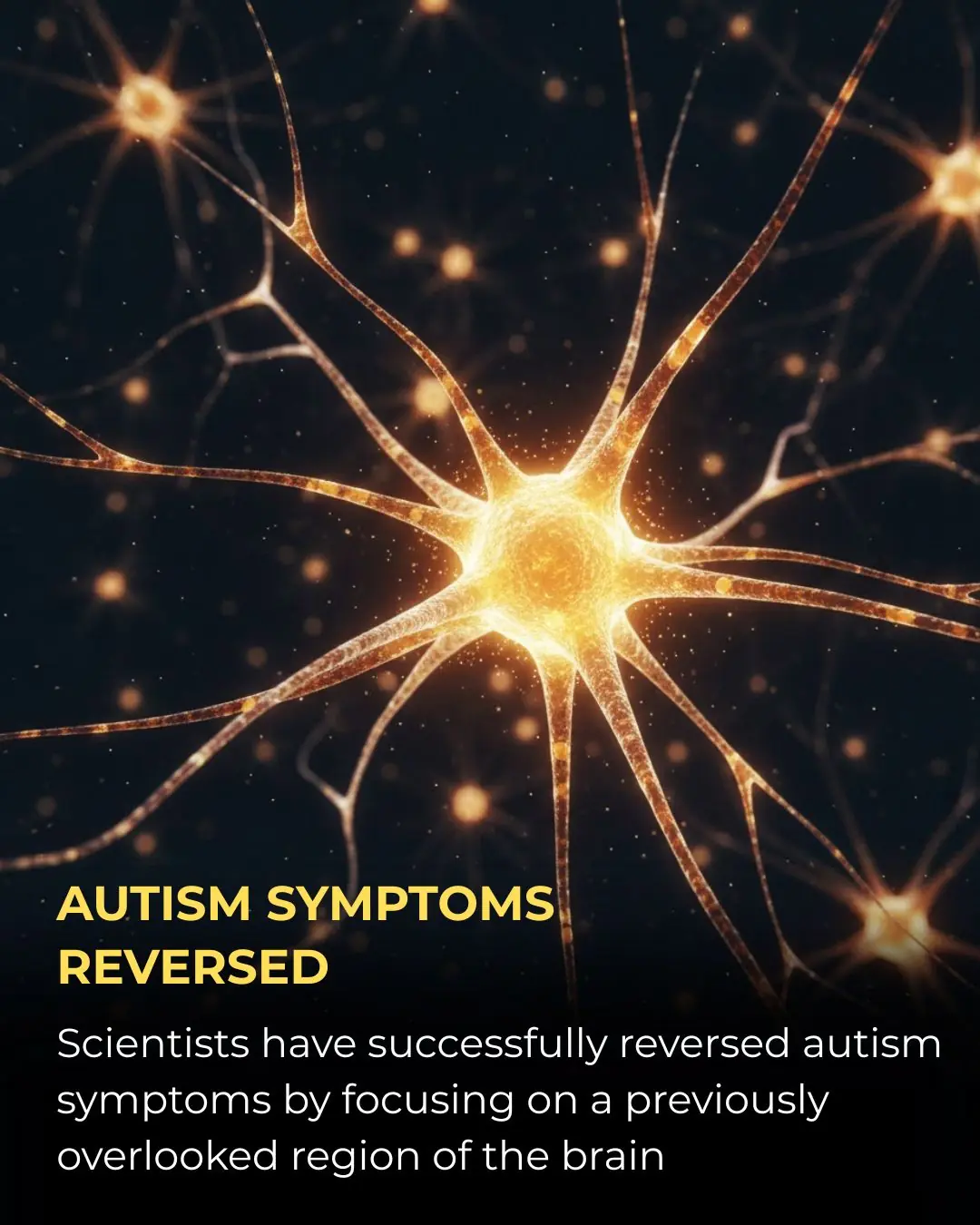
Novel Neural Pathway Identified as Key to Reversing Autism-Related Behaviors
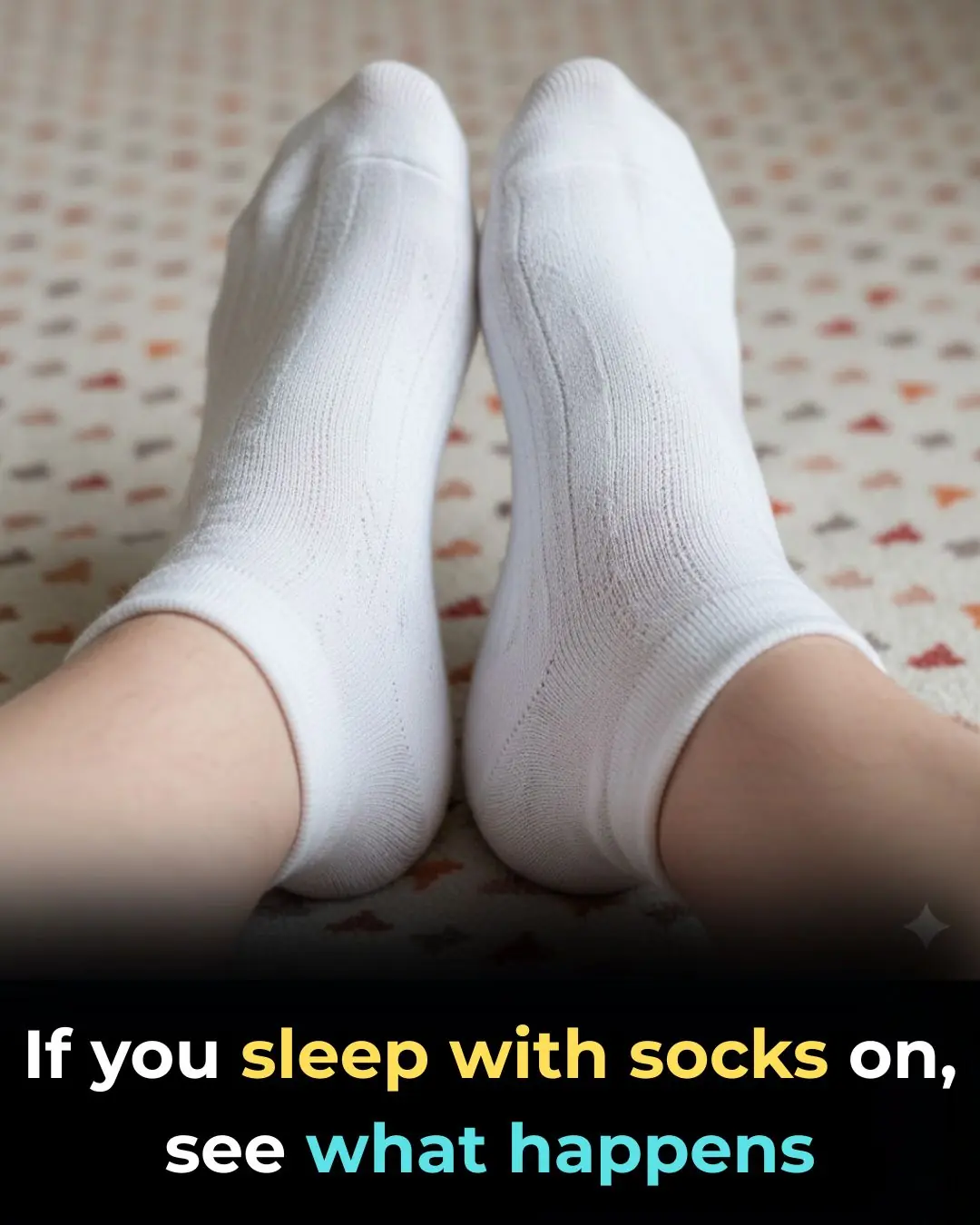
Why seniors should keep their socks on even at home

Lab-Grown Spinal Cord Tissue Marks a New Era in Paralysis Treatment

How Hormonal Birth Control May Reshape the Brain: New Neuroscience Insights
News Post
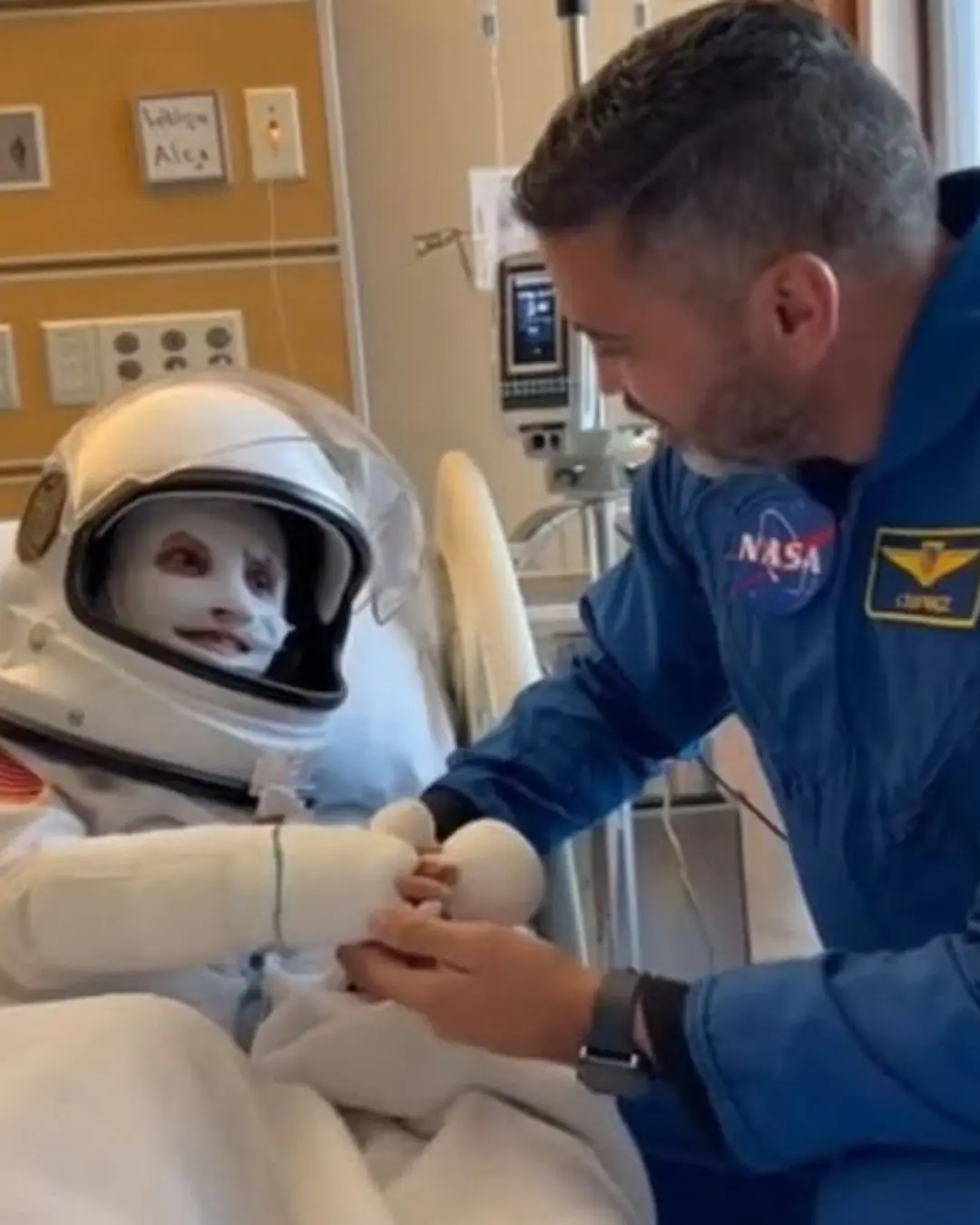
The Day a Burned Little Boy Met His Hero in Blue.

The Princess Who Saved Her Father.

The Mailman Who Became Her Shelter.

Forty-Eight Hours of a Mother’s Love.

Jack Andraka: The 15-Year-Old Innovator Who Sparked a New Wave of Early Cancer Detection Research

The Evolution of Public Road Speed Records: From the Mercedes-Benz W125 to the Koenigsegg Agera RS

New Antiviral Chewing Gum Made From Lablab Beans Shows Strong Virus-Neutralizing Potential in Lab Tests

10 Effective Ways to Reduce Dust in Your Home – Keep Your Living Space Clean and Healthy

Misconceptions That Turn Water Purifiers Into a Source of Illness — Stop Them Before They Harm Your Family
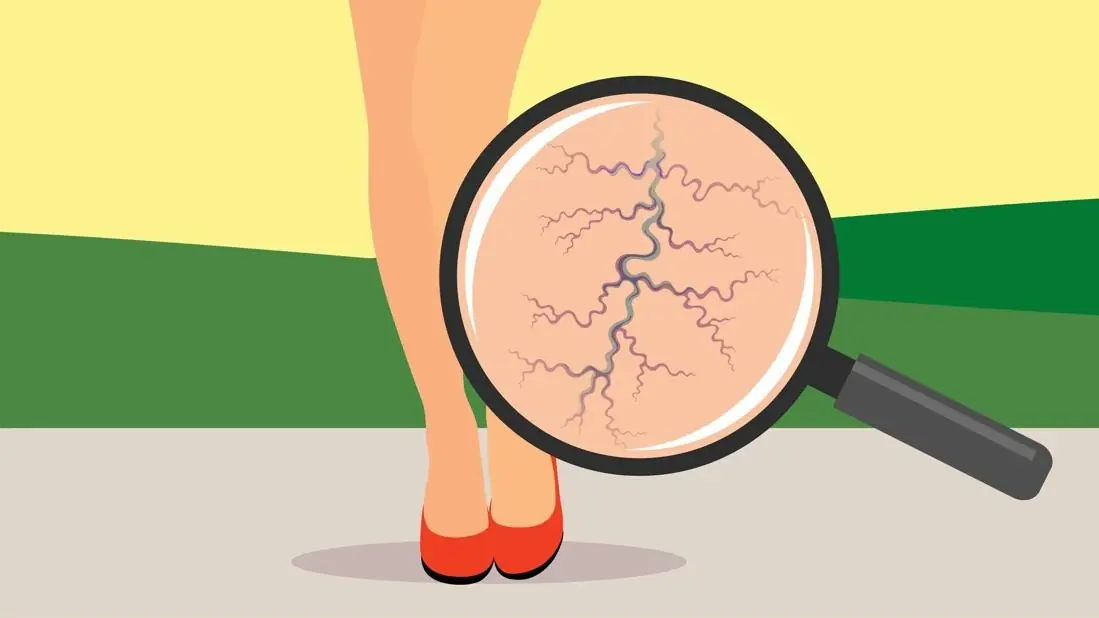
The Best Natural Remedies to Treat and Prevent Varicose Veins Effectively
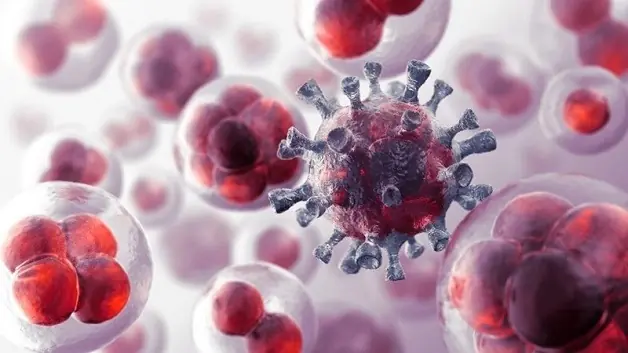
People Who Do This Every Morning Have Better Circulation and More Energy
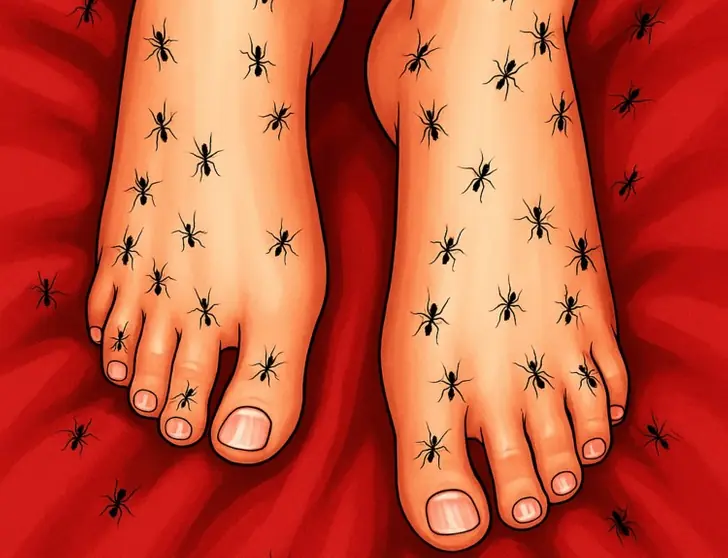
The hidden signs your body sends before diabetes strikes

Vaseline Uses and Benefits for Skin, Lips, and Hair

10 simple ways to reduce dust at home that most people overlook

You’re Doing It All Wrong: Here’s the Right Way to Defrost Frozen Pipes

7 Powerful Fruits to Preserve Muscle Strength and Energy After 50

I Didn’t Know!
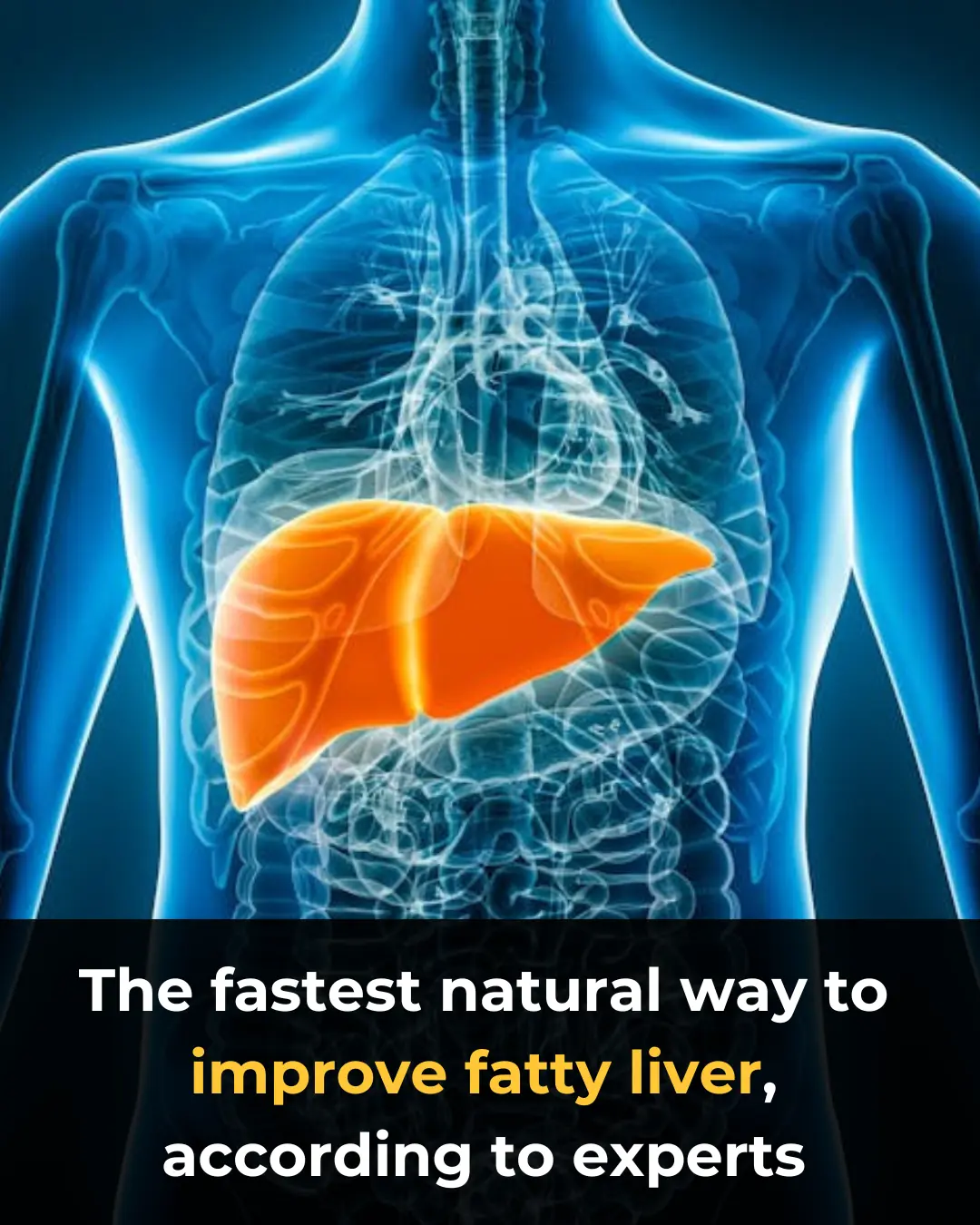
The #1 FASTEST way to reverse fatty liver naturally

Could the bacteria in your nose be causing Alzheimer’s?
